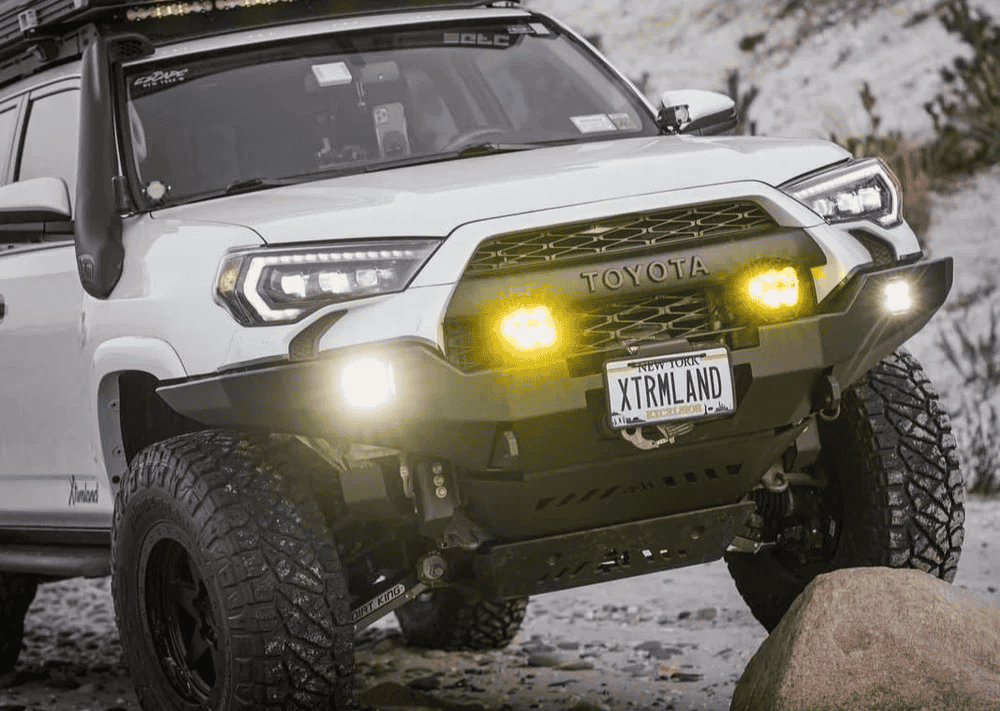Overland Vehicles

A moving vehicle is a unique security environment. Smash and grab thefts happen fast, often in less than a minute, and thieves look for easy wins like visible bags, camera cases, or glove box hides. A proper safe or vault changes the equation by adding time, noise, and uncertainty to any attempt. You want layered protection that starts with good habits, continues with concealment, and ends with reinforced containers that resist prying and brute force.
Think in terms of delay and deterrence. The goal is not invincibility but to make access difficult enough that the attempt fails or never starts. Window tint, cargo curtains, and clean cabins reduce interest. A bolted, concealed safe inside the living or cargo area adds the critical layer that keeps passports, laptops, cash, weapons, and hard drives protected when you step away from the rig.
Mechanical dials are simple and power free, but slow to open and harder to operate in low light. Electronic keypads enable quick access and can support user codes and lockout periods. Biometric readers bring speed but require clean sensors and good power. For vehicles, reliability and speed matter, so many travelers choose an electronic keypad with a mechanical override key. Whatever you pick, verify tamper response, internal relockers, and a quality latch system that resists side prying.
Look for robust steel construction, welded seams, and reinforced door lips that fight prybars. Vehicle oriented containers often fall under residential security standards rather than commercial burglary ratings, so compare real features: plate thickness, hinge protection, and anti pry geometry. Interior size should match your critical items with a little room for growth, but not so large that placement becomes obvious or leverage increases for an attacker.
Consider how you use the rig. Daily access to a wallet or keys favors a compact, quick open box near the cab. Storing camera bodies or sensitive drives might call for a deeper vault under a bed platform. Fire ratings are less relevant in vehicles compared to structural burglary resistance and anchoring strength. Foam liners, soft dividers, and cable pass throughs keep gear protected on rough roads without advertising what is inside.
The best safe is the one a thief cannot find in the time they have. Common hiding zones include seat bases, bulkheads, under floor cavities, galley toe kicks, and inside cabinets that read like ordinary storage. Integrate trim so the face of the safe disappears behind a panel or drawer front. Avoid mounting that requires cutting crash structures, and never block service access to battery disconnects, fuse panels, or recovery gear.
Anchoring is everything. Fasten the container to a structural member or reinforced subframe using backing plates that spread load. Through bolts with security heads and thread locker reduce the chance of tool based removal. Where through bolting is not possible, heavy gauge brackets tied into existing chassis points or seat base structures can deliver impressive strength. Rivnuts can work if paired with large backing washers and not used in thin, unsupported sheet.
Treat every drilled hole with primer and sealant to prevent corrosion, and isolate dissimilar metals to reduce galvanic action. Add thin rubber or foam between safe and body to control squeaks without compromising clamping force. Route away from wiring, airbags, fuel lines, and brake lines. Test for door clearance, rattle, and emergency egress from sleeping positions. Document the install with photos and a list of fasteners and torque values for future service.
Storage rules vary by state and by cargo type. Firearm transport and loaded carry in vehicles are governed by specific laws, so verify requirements where you travel. Keep an inventory of valuables with serial numbers, appraisals, and cloud backups of receipts. Ask your insurer how a permanently mounted safe affects coverage and claims. A discreet GPS tracker inside the safe or the vehicle adds another layer of recovery if the worst happens.
Once you know what you are protecting and how you access it, a well planned install can be blended into a full vehicle build without visual clutter. Hidden panels, matched finishes, and tight fitment prevent attention. Power routing for electronic locks can be tied into your house system with proper fusing and service loops, and everything should be labeled for future maintenance.
If you are outfitting an adventure vehicle and want professional integration that looks factory and behaves reliably off road, explore our overland rigs to see how secure storage fits into complete travel systems. For tailored storage inside a truck, van, or towable, our team can plan a reinforced mount and concealment strategy as part of a custom overland upfit. If you are evaluating builders and want to understand our approach, start with why choose OZK Customs for a look at process, craft, and handoff.
Your valuables deserve more than a glove box. We design and install concealed, reinforced storage that fits your layout, travel style, and access needs, then finish it so it blends into the cabin. Based in Fayetteville, Arkansas, we welcome nationwide clients who want a confident handoff and a rig that is ready for the road. Share your platform and priorities and we will map a secure installation that feels native to your build.
Ready to add real security to your build? Our team designs and installs hidden, reinforced storage solutions tuned to your travel style. Share your platform and priorities and we will map a secure, serviceable installation that blends into your interior. Submit the form to start your secure storage plan.
ADDRESS:
6159 E Huntsville Rd, Fayetteville, AR 72701
PHONE:
(479) 326-9200
EMAIL:
info@ozkvans.com